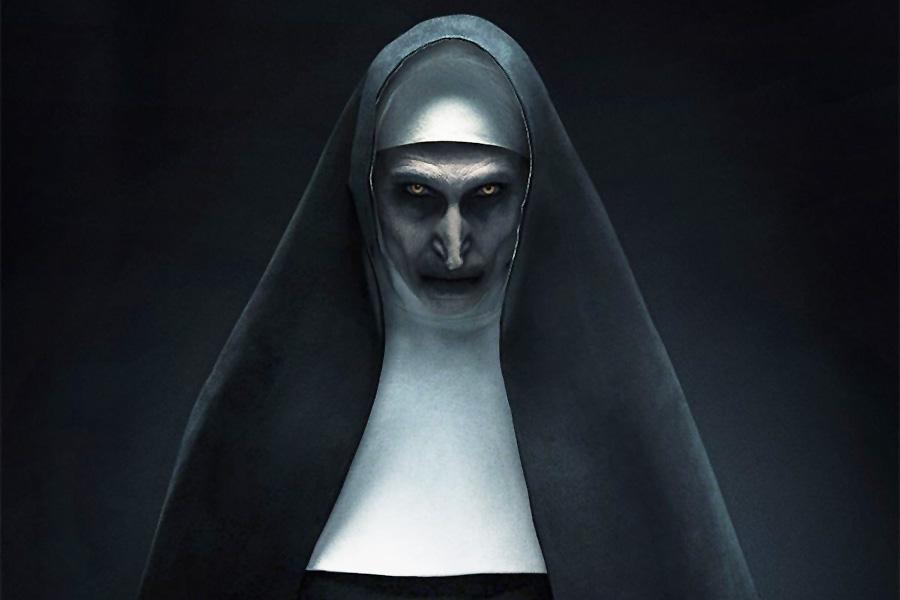The latest addition in the “Conjuring” universe, “The Nun 2” is a phenomenal improvement on its drab prequel, but still pales in comparison to other horror films due to poor pacing, lame storytelling and hurtful twists.
Taking place four years chronologically after the original film, “The Nun 2” follows the investigation of Sister Irene (Taissa Farmiga) and newcomer Sister Debra (Storm Reid) in a race against the return of Valak, the Demon Nun, in the possessed body of Maurice seeking a MacGuffin somehow more powerful and holy than the literal blood of Jesus Christ. Don’t worry though, the relic is basically useless because of the heroine’s miracle power and plot armor.
This implies Irene, and her surprise twist relative, Lorraine Warren from the main “Conjuring” movies, are more powerful than Jesus Christ. Take that how you will.
It’s a generic plot that overturns the lore of previous “Conjuring” films, and if you stop to think for a minute, it’s easily unraveled. While Farmiga and Bloquet present their best acting, bringing new waves of emotion to screen that the franchise desperately needed, it is overshadowed by the sheer silliness of Valak. Bonnie Aaron, who plays the demon nun, is an immaculate actress, but the script does her no favors.
The film can best be described in three acts: the rise of evil, the protagonists’ investigation and the climactic reunion. If you like classic supernatural movies with an IMDB rating above seven, you’ll like the first act. If you like the original Nun, you’ll like the second act. If you like Marvel’s superhero movies, you’ll like the third act.
The first act starts off dynamic and powerful. Unlike the first film, Valak is not a shadowy mastermind influencing evil, but instead displays her power effortlessly in torturing and slaughtering the innocent and holy. The sound production and atmospheric tone masterfully reintroduce Valak as an unstoppable evil and perhaps the most terrifying entity in the entire “Conjuring” series.
Unfortunately, that is the peak of Valak’s character.
The rest of the first act focuses on the set up and reintroduction of the cast, essentially regurgitating the events of the first film. It’s mostly fluff for the runtime, with the characters serving the plot with no investment or initiative of their own. Despite these limitations, the cinematography and pacing were immensely improved compared to the previous film, immersing viewers in a more believable European town setting as opposed to a bombed castle larger than any modern cathedral. There is a real sense of dread, as Valak can appear anywhere, even in broad daylight or a public place, as opposed to relying on the shadows.







